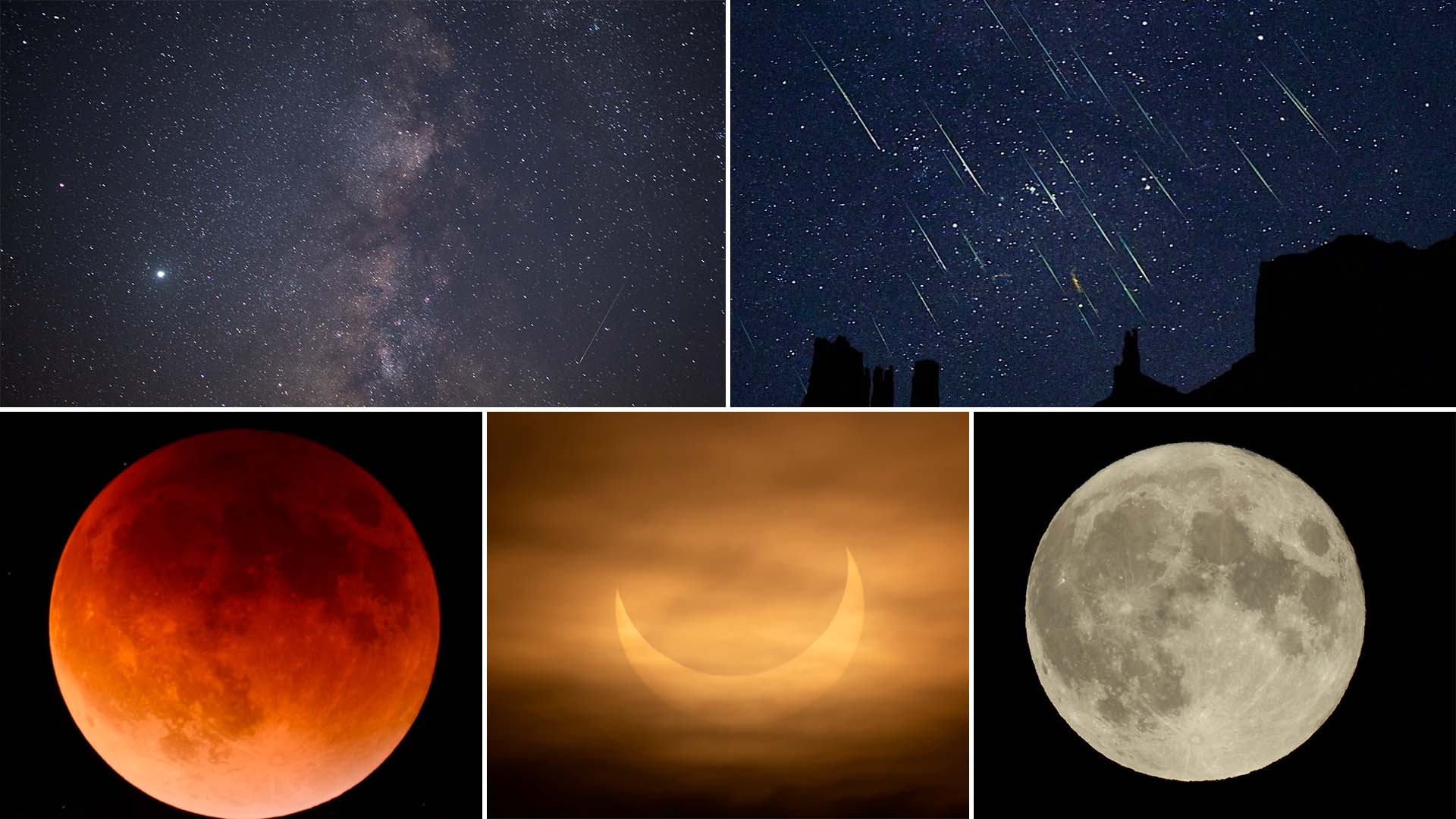 A partial solar eclipse, meteor showers and the conjunction of the Moon with other planets are among the astronomical events that can be seen in this month of October.
A partial solar eclipse, meteor showers and the conjunction of the Moon with other planets are among the astronomical events that can be seen in this month of October.
The king star will be covered only a part by our natural satellite on October 25, specifies the Seasky site.
Visible in parts of western Russia and Kazakhstan, the partial solar eclipse can only be safely observed with a special solar filter or by looking at the Sun's reflection, the website notes.
The tenth month of the year brings two meteor showers: the Draconids, the shortest and most fleeting of the year, which only lasts four days.
From tonight and until the 10th, astronomy lovers will be able to view it, especially during the night of tomorrow, the 7th, when it reaches its peak.
The Orionids will be the other meteor shower that can be seen especially on the 21st and 22nd, with a maximum peak of meteorites per hour coming from the dust grains left by Halley's Comet, a phenomenon known and observed since ancient times.
In just two days, Mercury will reach its greatest western elongation of 18 degrees from the Sun, making it the best time to see the planet closest to the sun as it will be at its highest point above the horizon in the morning sky. Astronomers recommend looking for it in the eastern sky just before sunrise.
October will also be propitious for the encounter of the Moon with six planets: Saturn, Venus, Jupiter, Mars, Mercury and Uranus, one by one, in other words: it will enter into conjunction with the approach of two or more celestial objects in its apparent path. through the sky
The closest approach will be on the 8th with Jupiter and four days later with Uranus, the seventh planet in the solar system and the third largest. (PL) (Photo: File)